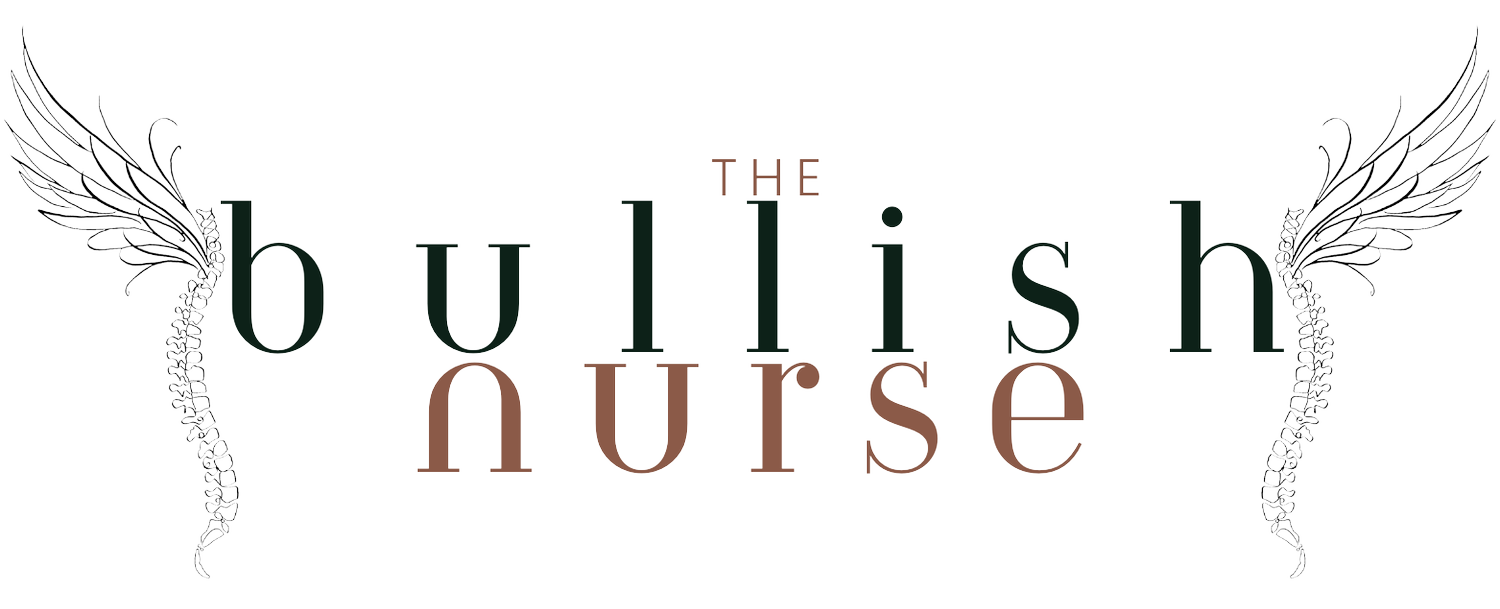striking truths: What every nurse should know about nurse strikes
Healthcare strikes doubled in 2023 with a continued rise expected in 2024 (1). These events certainly capture attention and are often contentious and misunderstood (particularly by the general public). Even our fellow nurses can be a bit unclear on healthcare strikes, though most if not all of us can relate to the frustration that can go along with advocating for better working conditions, fair wages, and, ultimately, safer patient care. With that said, here are 5 things every nurse should know about strikes and how it can directly impact you, union member or not.
Key Things to Know About Nursing Strikes
1. Patient Safety as a Priority: The primary motivation behind most nursing strikes is to ensure safe staffing levels and adequate resources, which directly impact patient care. Striking for safe conditions isn’t just about nurses—it’s about advocating for the well-being of our patients. When nurses are overworked and understaffed, patient care suffers. Striking can be a last resort to highlight these critical issues and drive the necessary changes for safe healthcare environments.
Ethical Consideration: Ethically, striking can be seen as a way of fighting for patients' rights to safe and effective care. While the short-term impact of a strike might include service disruptions, the long-term goal is to establish conditions where nurses can provide the best possible care.
2. What is a "Scab Nurse": One contentious aspect of nursing strikes is the use of contract or "scab" nurses (excuse the cringe name!). These are nurses hired temporarily to work while regular staff are on strike. While some argue that scab nurses help maintain patient care during a strike, others believe that crossing the picket line undermines the collective bargaining efforts and solidarity of their striking colleagues. Working as a scab nurse may provide short-term relief for healthcare facilities, but it can prolong the resolution of underlying issues and weaken the negotiating power of the nursing workforce.
Personal Reflection: If you are considering working as a scab nurse, weigh the immediate benefits against the broader impact on the nursing profession and its efforts to achieve long-term improvements. Reflect on how your decision aligns with your professional values and commitment to patient safety and nurse well-being.
3. The Role of Collective Bargaining: Collective bargaining is a powerful negotiation tool that, when successful, can prevent the need for a strike. Through collective bargaining, nurses can advocate for better working conditions, fair pay, and sustainable staffing ratios. It’s a proactive way to address issues before they escalate to the point of requiring a strike.
Empowerment Tip: Engage actively with your union or professional association. Your voice and participation are crucial in shaping the negotiation process and achieving meaningful outcomes.
4. Public Perception and Solidarity: Striking nurses often face public scrutiny and are sometimes villainized for their actions. However, maintaining solidarity and clear communication about the reasons behind the strike can help shift the narrative. Educate the public about the context and stakes involved, emphasizing that the ultimate goal is to enhance patient safety and care quality.
Communication Strategy: Use social media, community meetings, and press releases to inform the public about the reasons for the strike. Transparent and consistent communication can garner public support and mitigate negative perceptions.
5. Navigating Personal and Professional Implications: As nurses, our #1 job is to protect and provide quality care; working in an unsafe and unsupportive environment can feel like being set up to fail. This can be extremely troubling and is a leading factor for burnout and moral injury.
If your facility is considering a potential strike: Consider the potential financial impact, the effect on your relationship with your employer, and the emotional toll. Having a support system in place, both professionally and personally, can help manage these challenges.
ALL nurses (union or not): No nurse should feel he or she is unable to provide the quality care each patient deserves.
Historically, nurses have had limited options in finding financially equitable positions in non-traditional positions outside direct patient care. As patient healthcare delivery preferences change and healthcare technology increases, more non-traditional and remote jobs are available today than ever.
Educate yourself on the vast opportunities available beyond the bedside. Exploring your options to leverage your expertise in new and meaningful ways is a small act of individual protest, demonstrating that nurses are not "owned" by the healthcare organizations. Nurses have options and will act accordingly!
Final Thoughts
Striking is a powerful form of advocacy that underscores the importance of safe working conditions and fair treatment for nurses. By understanding the ethics, legalities, and practical implications, we can make informed decisions that align with our professional values and responsibilities.
As we navigate these complex issues, let’s continue to support one another and advocate for a healthcare system that respects and values the critical work we do. Together, we can drive the changes needed to ensure a safe, fair, and empowering work environment for all nurses.
Stay strong, stay informed, and keep advocating for positive change in our profession.
For more information on exploring remote and non-traditional roles visit https://thebullishnurse.com for resources and tools to find your dream job!
Resources
1, Complete List of Nurse Strikes, 2020-2024, Nurse Together https://www.nursetogether.com/nurse-strikes/#nurse-strikes-in-2024
